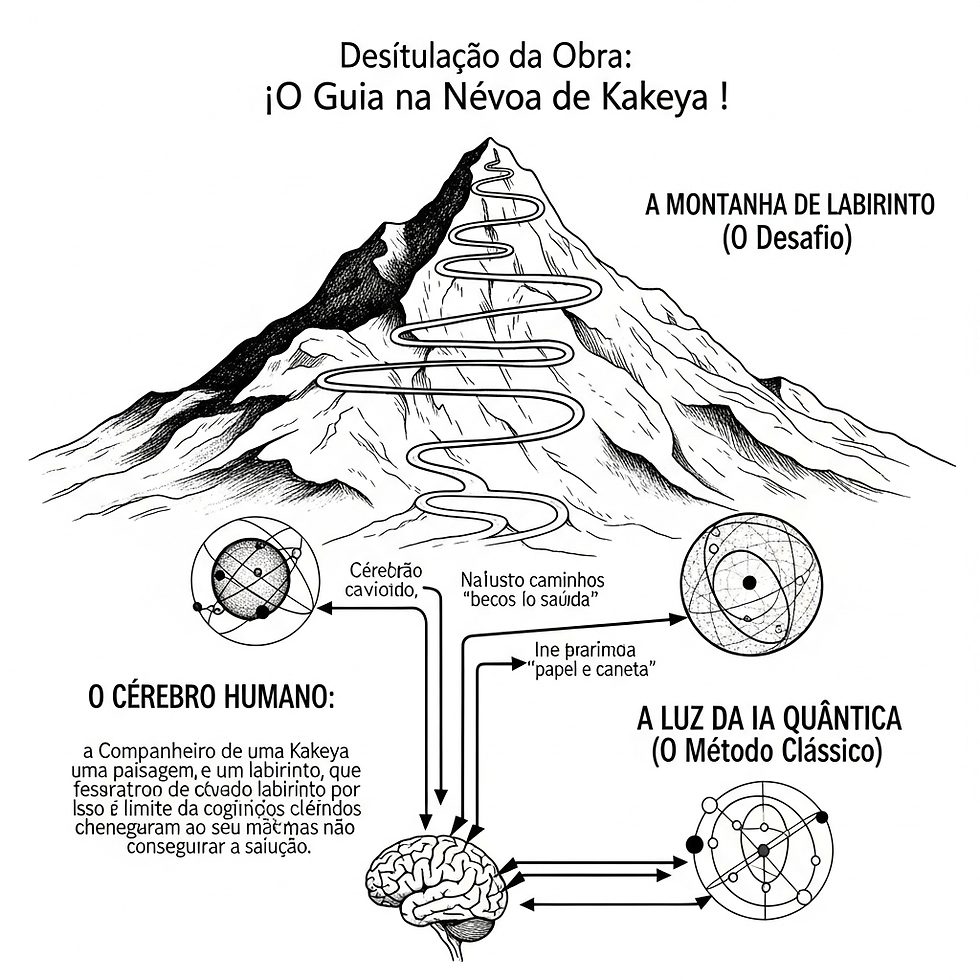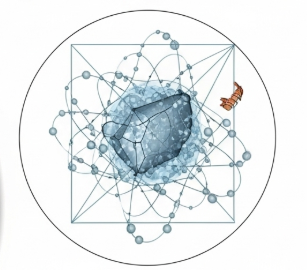Reflections on Kakeya and the Next Frontier of Problem Solving
- mariomateiro25
- 30 de jul.
- 2 min de leitura
There are problems in science that become lifelong companions. They are not mere challenges; they are landscapes, ecosystems of thought in which we inhabit for years, sometimes decades. For me, that landscape was the Kakeya Conjecture. The question, in its deceptive simplicity—what is the smallest area required to rotate a needle 360 degrees?—hid a labyrinth of fractal dimensions and harmonic analysis that captivated and frustrated the brightest minds for a century.
Today, I write this post not only to say that we found the way out of the labyrinth, but to describe the light that guided us. The needle, finally, turned. And the space it occupied was infinitesimally small, just as Kakeya dreamed.
The beauty of the solution, however, lies not in the final answer, which will soon be shared with the mathematical community in its formal totality. The true revolution lies in how we got there. Classical methods had pushed us to the limit of what human cognition, armed with pen and paper, could achieve. The barrier wasn't one of logic, but of complexity. We stood at the base of a mountain whose summit was shrouded in a fog of high-dimensional possibilities.
This is where the HS A1/137 Lab ceased to be my enterprise and became my laboratory. Instead of attacking the fog head-on, we modeled it. We translated the Kakeya problem into our quantum simulation environment, allowing our AI algorithms to explore the "topologies" of the conjecture in ways a human brain can't visualize. The AI didn't solve the problem for us; it acted as an intuitive partner, a superhuman mountain guide, pointing out promising paths and dismissing millennia of dead ends in a matter of hours. It showed us the contours of the fractal structures that held the key, allowing us to focus our creative energy where it truly mattered.
So, what does it mean that the needle has turned?
For mathematics, it's the closing of a centuries-old chapter and the opening of new paths in geometric measure theory.
But for the world, it means much more. It means that the methodology we use to "see" through Kakeya's complexity can be applied to other "impossible problems."
Imagine optimizing global logistics networks not with approximations, but by finding the true optimal route in a space of possibilities larger than the number of atoms in the universe.
Consider designing new materials at the atomic level, simulating their quantum properties to create the desired result before a single atom is physically positioned.
Imagine drug development, where the interaction of a molecule with a protein is modeled with a precision that collapses decades of research into weeks.
The solution to the Kakeya Conjecture wasn't the ultimate goal. It was the proof of concept. It demonstrated that by combining human intuition with the scale of artificial intelligence and the exploratory power of quantum simulation, we can build a map for any unknown territory.
The formal proof will be submitted to journals. Academic debate will enrich the discovery. But the technology and methodology behind it are already here, ready for the next challenge. The one that lies at the heart of your business.
Kakeya was our mountain. What is yours?
The geometry of the impossible is now open for business.



Comentários